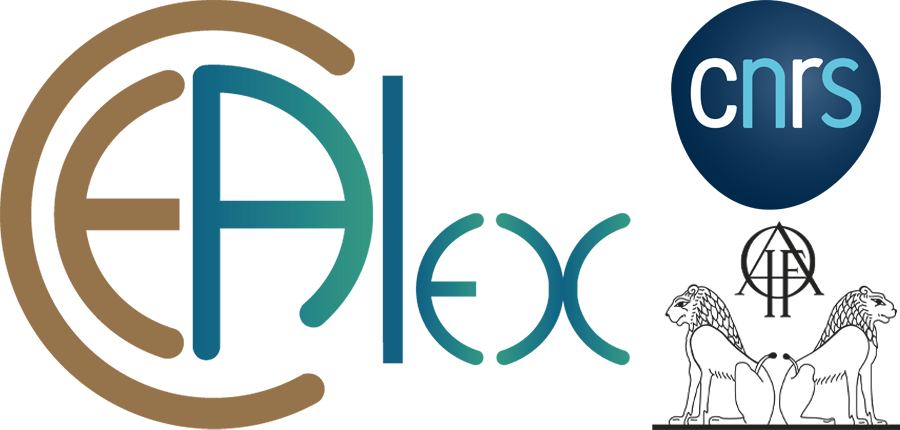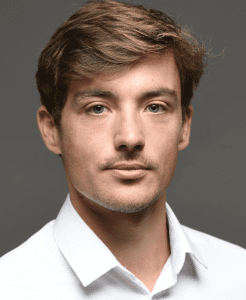Photography and video department
Photogrammetry
Technological developments in recent years have considerably increased the use of 3D in archaeological documentation. Most of the sites studied today are the subject of photographic and topographical surveys which, when processed by dense image correlation software, produce documents that can be used by researchers: clouds of points, 3D meshes, orthophotographs, etc.
This approach, which provides a degree of comprehensiveness, is supplemented by targeted manual and photographic surveys in the field.
3D modelling of objects is also used to develop a new approach to certain projects. For example, on the underwater site of the Lighthouse the production of 3D models of architectural blocks enables new reconstructions and anastyloses to be made, enriching the pre-existing documentation and offering a new perspective on the site.
Objets
Archaeological research can reveal numerous artefacts, some of which are destined to be studied in detail and to be published.
The photography service records these objects either in a permanent studio at the Tabiyet Nahassin depot or directly in the field using a mobile studio.
Certain techniques – infrared or UV photography, RTI, etc. – can be used to highlight details that are difficult to see with the naked eye, or to reveal traces of paintwork, for example.

Prior to publication
Publications issued by the CEAlex contain a large number of illustrations from a variety of sources. In collaboration with the authors and layout artists, the photography department is responsible for quality control and image adjustment before printing.
Communication and outreach
The photography department is particularly involved in the promotional activities initiated by CEAlex: the production of visuals for exhibitions and outreach events (general documentation of the Centre’s work, specific reports) and participation in the design and production of exhibitions.
Video
The production of documentary films for educational purposes enables the CEAlex to share its research with as many people as possible and to introduce them to the skills of archaeology.


